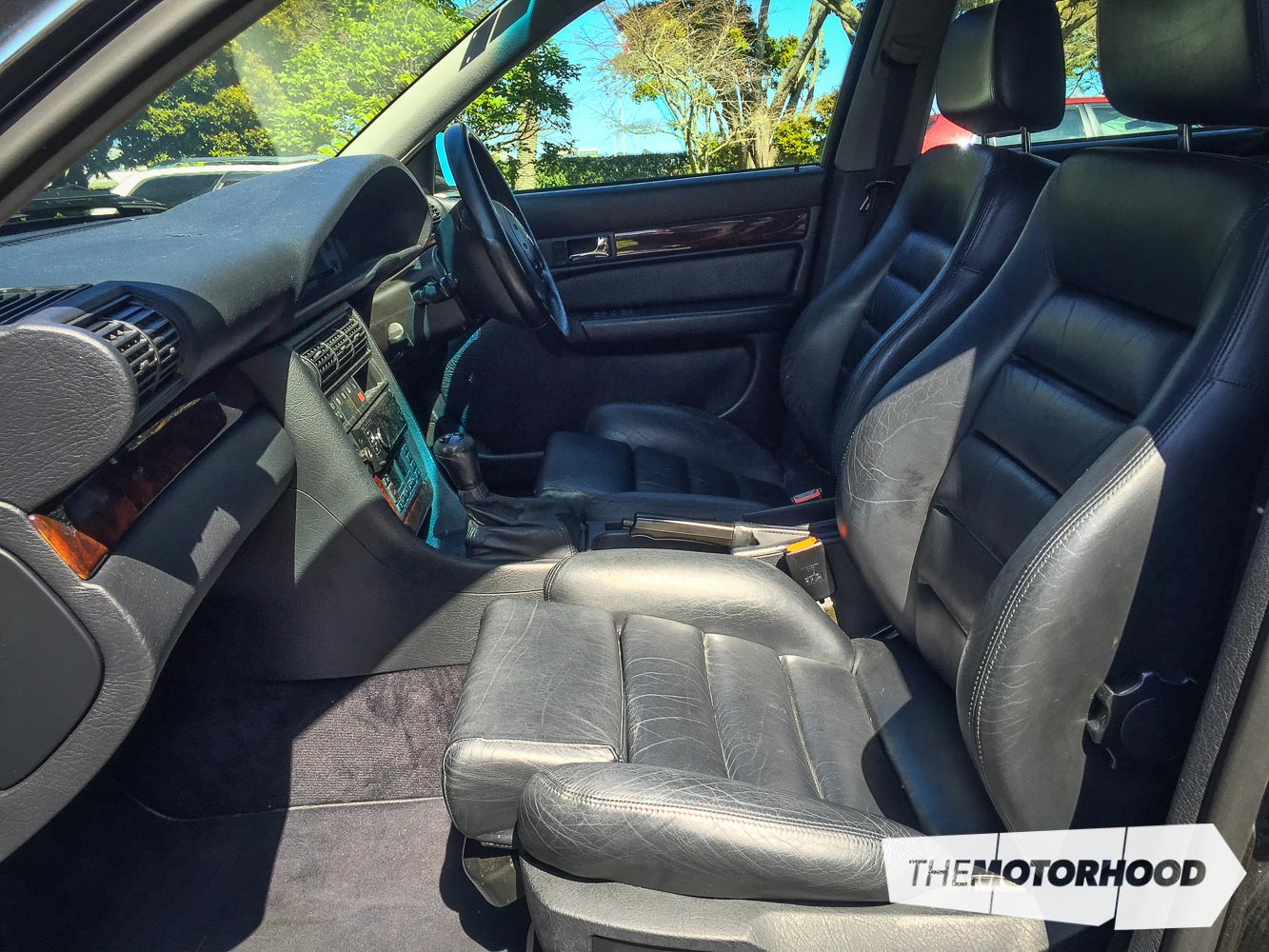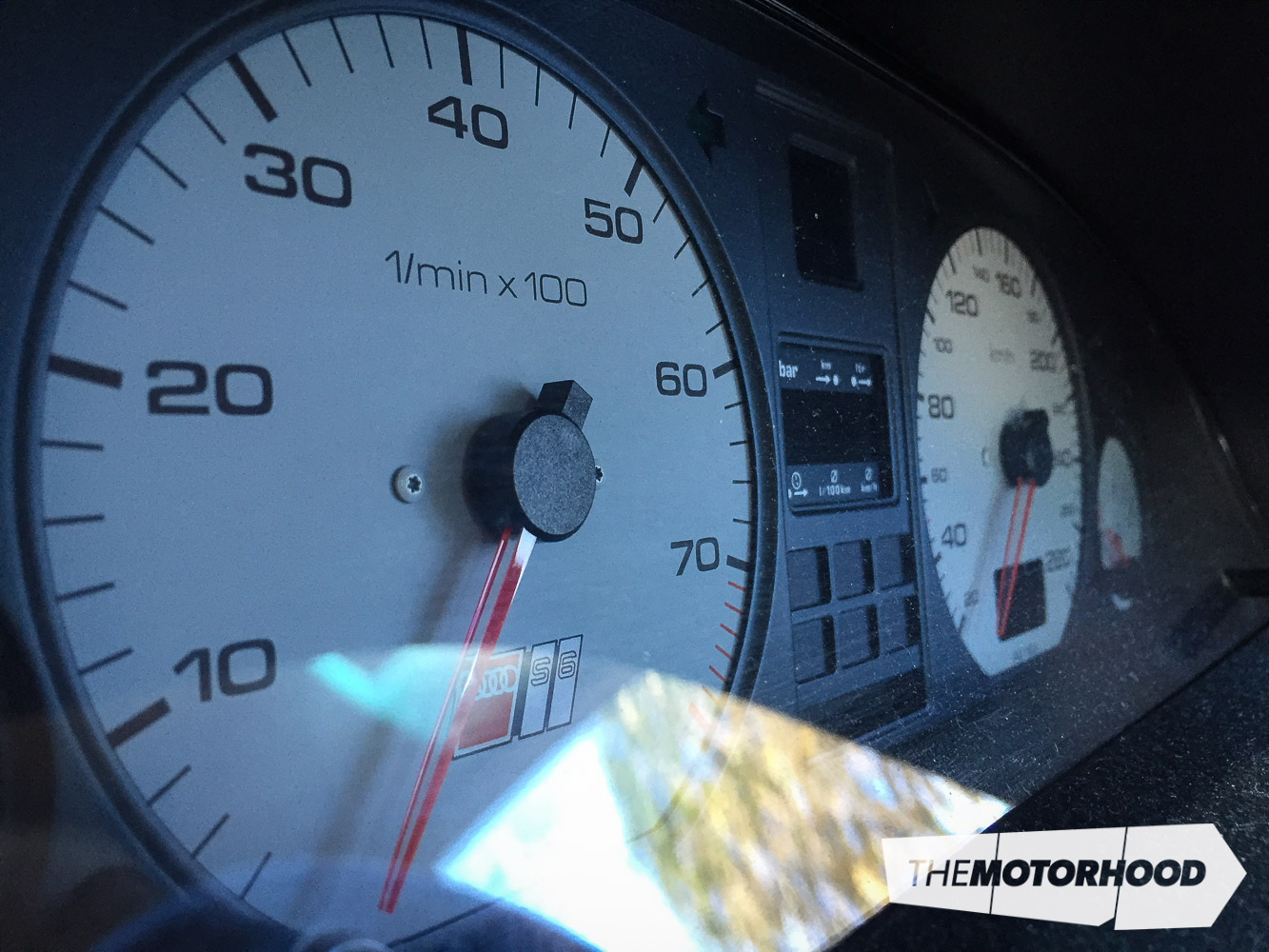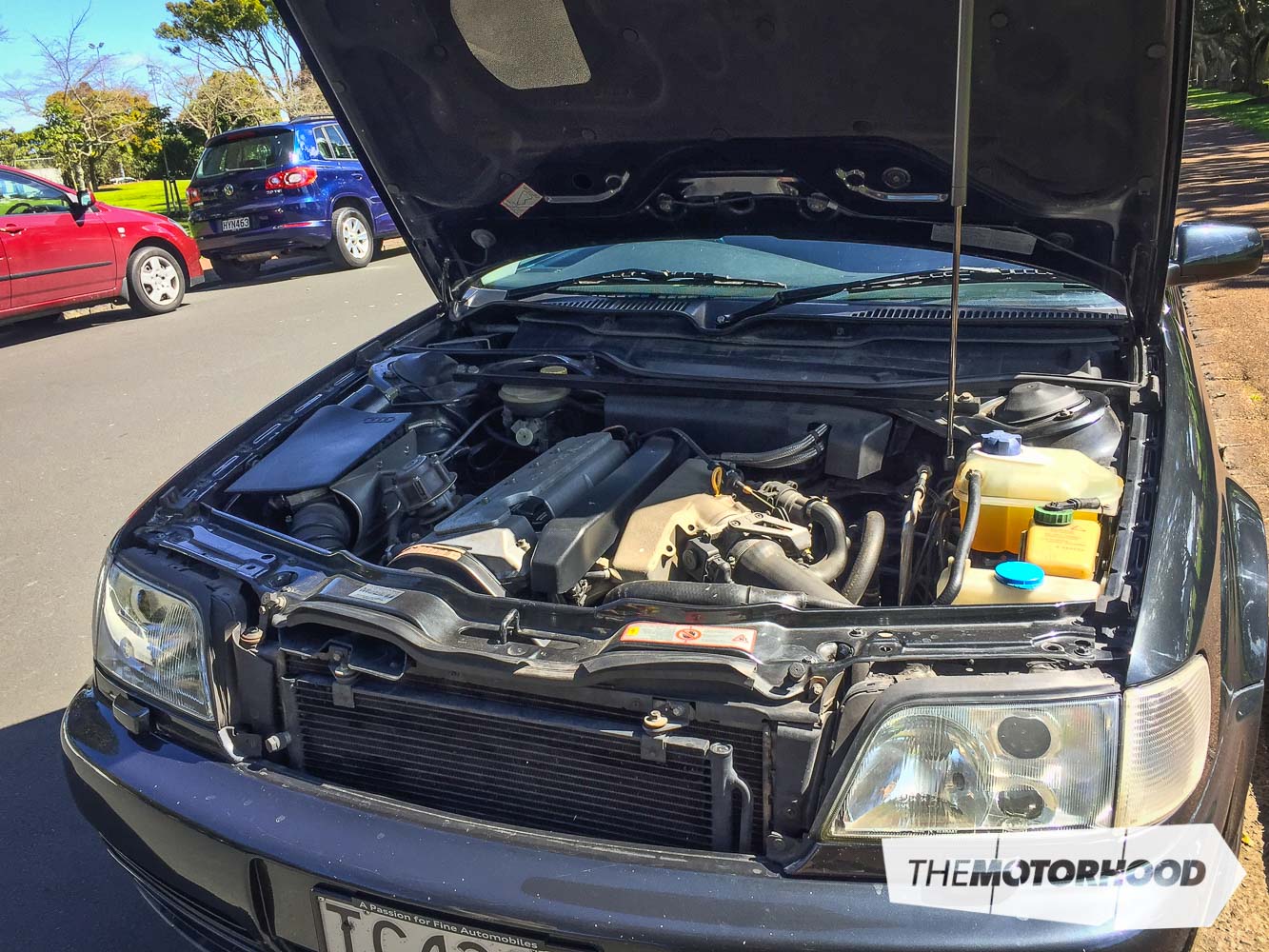It’s become so common to see 1.8-litre front-wheel-drive A4s with the letter ‘S’ smeared and scrawled from boot lid to bumper with the requisite 19-inch alloys and chopped springs, you’d be forgiven for thinking something has gone wrong for Audi along the way. There was a time, not too long ago, where the ‘S’ was reserved for something just a bit special.

In the not-too-distant past, the ‘S’ was less of a marketing exercise, more race- and rally-inspired luxury. It all began with the Audi S2 Coupe in 1990, which was followed by the first S4 powered by the same 2.2-litre inline-five engine derived from the legendary Audi UR Quattro.

This engine also served as the base for what will surely go down as one of the best automotive collaborations in history, and quite possibly what opened the door for two brands to go in opposite directions from their bread and butter. With the introduction of the RS2 in avant form, Audi realized there was a market going begging; those who wanted insane power with the ability to transport potted plants in the back.

Time has shown that continuing down this road has taken Audi to new heights in the luxury sports car market with three iterations of the RS4 and RS6 having now been staples of the ultimate garage for some 15 years. For Porsche, it proved that there was demand for their speed focus in a family-friendly shell. At this time, discussions around a full-blown SUV must’ve begun and ultimately culminated in their business-saving Cayenne.

The next car to be released in Audi’s ‘S’ range was the brand’s first foray into the big exec market — the S6, replacing the S4. At the time of the S6’s release, there was a whole new world of performance cars for those equipped with a cellphone and an impressive collection of brogues.

BMW had the simply awesome E34 M5, and Mercedes was also getting in on a bit of Porsche action with the 500E having just rolled out of the Porsche factory as the RS2 arrived. The S6 utilized the S4’s 2.2-litre engine paired with a five-speed manual gearbox, putting out 169kW (230PS; 227bhp) at 5900rpm and 326Nm (240lb·ft) at around 1950rpm.

This engine gave the S6 good performance with a top speed of 235kph (146.0 mph), and 0–100 kph (62.1 mph) in 6.7 seconds, with 160kph (99.4 mph) coming up in 17.5 seconds.
This particular car is owned by renowned Onehunga drummer and light-bulb designer Sam Douglas. Sam was introduced to this vehicle by a friend of his who knew the previous owner, who had owned it since new. Sam had recently sold his stunning 190E 2.3 16v Cosworth, and required something with as much pedigree performance in a similar condition.
The S6 now serves Sam’s daily-drive duties, but he has plans to turn her into a concours car, or potentially a drag car. “I think I’m going to look at rebuilding the engine from the ground up and bringing the paint back to as-new condition, or put a hemi under the hood and go to the drags,” says Sam. “Failing that,” he continues, “I’ll just keep driving it, and eventually it’ll be one of the most desirable cars on the road.”

Right on Sam, thanks for coming out.


